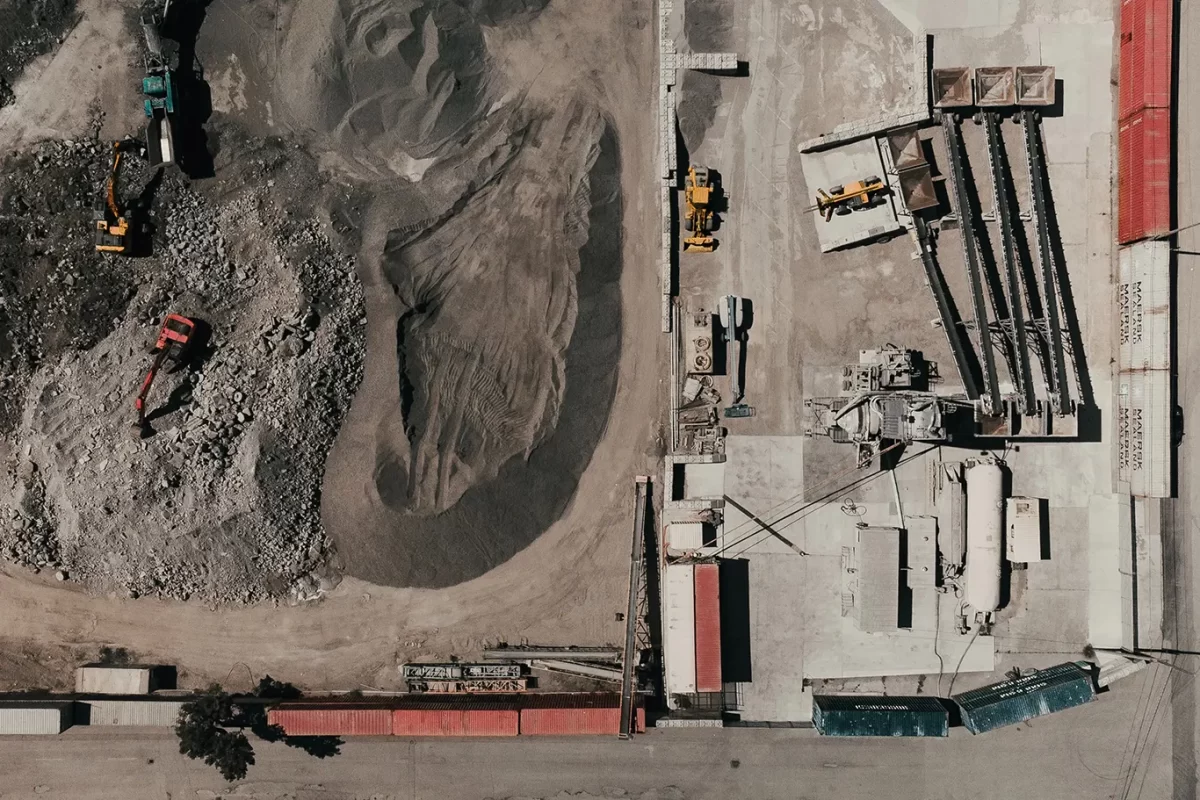| Provided by:Associates Insurance Agency |
Preparing the Construction Site for Spring Weather
As spring approaches, it can bring various safety hazards to the job site. That’s why it’s vital for construction employers to mitigate these seasonal exposures. Here’s an outline of common spring conditions and ways to safeguard the worksite when they arise:
- Flooding—When temperatures rise in the spring, this warmth will likely cause accumulated snow and ice to melt. In some cases, substantial levels of melting can create flooding issues at the construction site. Additionally, springtime is known to bring frequent rain, compounding flooding concerns. Apart from damaging materials and equipment, this excess water may threaten employee safety. To combat flooding risks, consider these precautions:
- Consider installing water-detection devices throughout the job site to stay abreast of flooding issues. Be sure to safely store materials and equipment in water-resistant areas to limit potential damages, especially in the case of electrical equipment.
- Do not continue working in flooded areas. When these conditions occur, relocate the construction site to higher ground.
- Inspect the job site carefully before resuming work in an area where flooding has subsided. Even after the water recedes, hazards can remain. Be on the lookout for eroded land, excess debris and damaged equipment. Instruct employees to wear proper personal protective equipment (e.g., slip-resistant boots and waterproof safety gloves) and exercise additional caution to avoid any remaining flood-related hazards.
- Thunderstorms—In addition to flooding, thunderstorms are a key concern during spring. These storms are typically accompanied by lightning, which can strike employees if they don’t know how to protect themselves. Lightning strikes are extremely dangerous, often killing or permanently injuring those affected. Effective ways to mitigate thunderstorm risks include:
- Educate employees on thunderstorm risks and lightning safety. Workers should be instructed to seek shelter in a fully enclosed building when thunder occurs and remain indoors for at least 30 minutes after hearing the last sound of thunder.
- Instruct employees to stay away from ladders, rooftops, electrical equipment and scaffolds if they are stuck outdoors during a thunderstorm. Instead, have them retreat to low-lying areas that are safely distanced from bodies of water.
- Tornadoes—Lastly, springtime is tornado season for many states. Tornadoes are known to bring dangerous winds, often causing major property damage and seriously injuring anyone nearby. To protect workers from tornado hazards, use these measures:
- Pay close attention to weather forecasts to stay aware of potential tornado warnings.
- Establish an emergency response plan to ensure workers know what to do when a tornado is coming. This plan should outline worksite evacuation protocols, identify the location of a safe shelter equipped with emergency supplies and explain safety steps to follow when returning to the job site after the tornado has passed.
For additional, industry-specific guidance and workplace safety resources, contact us today.

